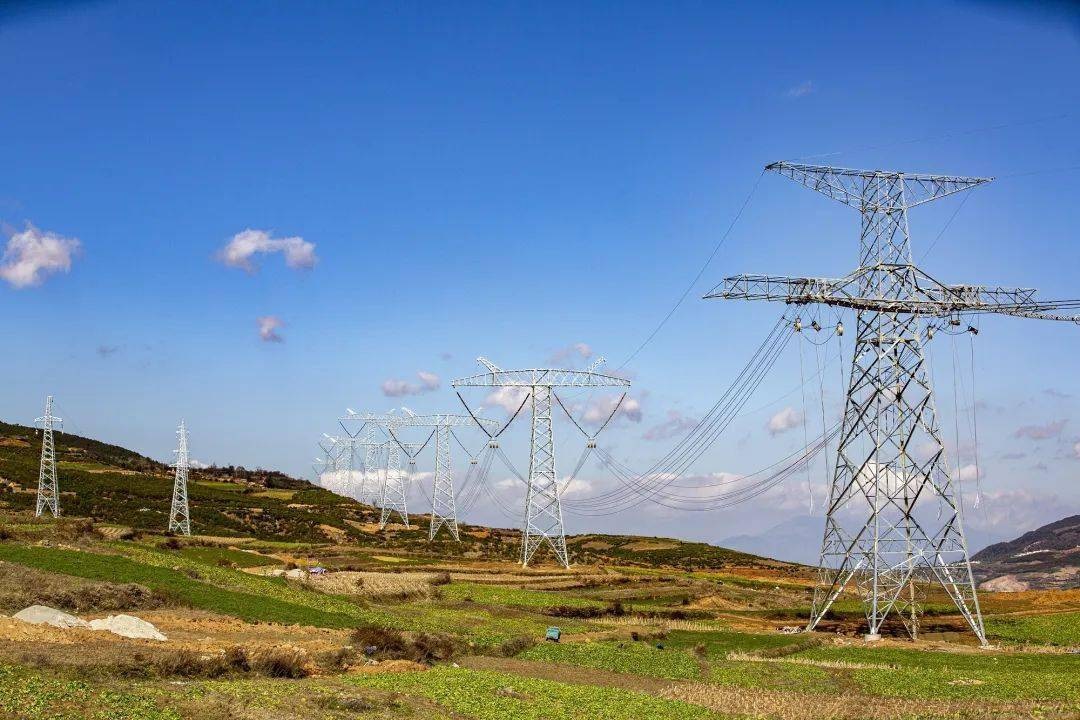
The US stock market continues to break records, but concerns about the economy are perplexing politicians. The rich are getting richer, while others feel left behind—this is the K-shaped curve of the US economy.
First, the K-shaped economic problem has persisted for decades, exacerbated by factors such as the loss of guaranteed pensions, the rise of the gig economy, escalating healthcare inflation, high college tuition, and a shortage of affordable housing. The only exception was the progress made by the low-income working class in competing with the high-income working class in the years following the pandemic. Government support policies greatly benefited the working class, narrowing the wealth gap for the first time in a generation. Furthermore, extremely low mortgage rates allowed homeowners to frantically refinance, minimizing monthly payments. But this didn't last. After the initial excitement of stimulus checks, the economy resumed its previous growth trajectory. Now, the gap in the K-shape is widening rapidly: mortgage rates are near their highest levels in decades, Trump is cutting Social Security, and increasing barriers to accessing assistance.
Secondly, data released by the U.S. Bureau of Labor Statistics on the 21st showed that, after adjusting for inflation, real hourly wages for non-management employees (i.e., low-income workers) fell by 0.1% during August and September. This means that their real income declined slightly over the summer as rising prices eroded their earnings. Meanwhile, even after adjusting for inflation, real income for high-paying positions increased. Therefore, the income gap is widening. Furthermore, Walmart's earnings report last week shows that its fastest-growing customer group is the middle-income group with annual incomes exceeding $100,000, indicating that the middle class is also becoming more frugal.
Moreover, since the government shutdown, no consumer price index (CPI) inflation report has been released, so the data is somewhat outdated. Additionally, Trump did not fully implement tariffs until August. But you can see the prices of certain goods rise, such as furniture (up 6% in the past 12 months up to September) and Swiss watches (up 6.6%). The prices of tropical fruits, such as bananas (up 7%) and coffee (up 19%), have also risen, which is why the government has changed its policy and reduced tariffs on agricultural products that are not grown.
The right-leaning Tax Foundation estimates that due to Trump's tariff policies, American households will pay an average of $1,200 more in taxes this year than last year, equivalent to about $100 more per month. However, Trump also cut taxes, so for some high-income earners, this loss will be offset.
However, a report released last month by JPMorgan Chase is interesting. It points out that businesses currently bear about 80% of tariff costs, but there is evidence that as profit margins decrease, they can no longer afford to bear these costs and will soon begin to pass them on to consumers. JPMorgan economists say they wouldn't be surprised if this situation reverses by this time next year, when individuals will bear 80% of the tax burden, while businesses will only bear 20%. That's a significant loss. The Tax Foundation agrees with this view, stating that the average tariff expenditure per household will reach $1,600 next year.
The real problem is that housing construction in the US halted during the financial crisis, and the collapse of the housing market only exacerbated the situation. Supply couldn't keep up with demand, meaning prices rose, and neither Trump nor anyone in the federal government could do anything about it; state and local governments are increasingly focused on the issue. California is experimenting with zoning laws, which might help alleviate the housing affordability crisis, but the NIMBY (Not In My Backyard) effect is real, and there's no quick and easy solution.
In short, the "unpredictability" of the US economy is essentially a chaotic transition from a "pandemic shock" model to a "new normal." Traditional economic indicators and models have been disrupted by a series of unprecedented factors, resulting in distorted signals. The core question of the current economy is: after excess savings are depleted and the effects of high interest rates fully materialize, can the economy achieve a "soft landing"? The answer to this question remains unanswered, which is the fundamental reason for its unpredictability.

報告顯示,中國電力投資加速增長,預計2024年電網基建投資將超過5300億元。
近日,市場迎來了一則引人注目的消息:工業巨頭3M公司(MMM.N)在本周五公布了其季度業績報告,隨後股價飆升至近兩年來的
最近,外媒給OpenAI算了筆賬,今年可能要血虧50億美元。
近日,巴黎奧運會和世界鐵人三項協會聯合發布了一項重大決定,宣布因塞納河水質污染問題,原定於近期進行的奧運會鐵人三項首次下
當地時間7月18日,法國巴黎發生了一起令人震驚的持刀襲警事件。
近期,一則重大消息在國際舞臺上引起軒然大波,馬來西亞宣布加入金磚國家。
調查發現,互聯網和智能手機的使用幹擾了韓國近五分之一學生的生活。